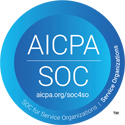

The One Big Beautiful Bill Act and Its Impact on Workplaces
On July 4, 2025, President Trump signed into law the “One Big Beautiful Bill Act” (OBBBA), a budget and tax bill which impacts workplaces. The OBBBA creates new tax deductions for overtime wages and tips, increases tax benefit plan thresholds, and expands business tax credits.
KEY WORKPLACE ISSUES
-
Effective January 1, 2025, the OBBBA:
-
Creates a new income tax deduction up to $12,500 ($25,000 joint return), for “qualified overtime wages” reported by employers on Form W-2; and
-
Creates a new deduction of up to $25,000 for “qualified tips” reported by employers on Form W-2.
-
-
Effective January 1, 2026, the OBBBA:
-
Increases the annual threshold for employer-sponsored dependent care Flexible Spending Accounts (FSAs) and expands permissible uses for pre-tax Health Saving Account (HSA) funds; and
-
Increases tax credits available to employers that offer paid family and medical leave and childcare benefits to employees.
-
NO TAX ON QUALIFIED OVERTIME
Effective January 1, 2025, eligible taxpayers are permitted to deduct up to $12,500 ($25,000 jointly) of “qualified overtime compensation” on their tax returns. The deduction is reduced by $100 for each $1,000 that the taxpayer’s adjusted gross income exceeds $150,000 ($300,000 jointly). The deduction is currently authorized through December 31, 2028.
“Qualified overtime compensation” is limited to overtime wages which an employer is required to pay under Section 7 of the Fair Labor Standards Act (FLSA), which includes overtime paid to:
-
Employees who work more than 40 hours in a seven-day workweek;
-
Eligible health care employees who work more than 8 hours in a workday, or more than 80 hours in a 14-day work period; and
-
Law enforcement and fire protection employees who work more than 216 hours in a 28-day work period (or a proportional number of hours for a work period of less than 28 days).
The deduction does not apply to time-and-a-half premiums which employers voluntarily pay as an incentive for working holidays, working beyond a scheduled shift, picking up additional shifts, and other special circumstances. Additionally, the deduction is limited to the half-time premium that exceeds an employee’s regular rate of pay. For example, if an employee’s regular rate of pay is $10 per hour, the employee’s overtime rate is $15 per hour. Only the $5 half-time premium may be deducted.
The OBBBA requires that employers separately report on Form W-2 the employee’s “qualified overtime wages” for the year. For the 2025 tax year, employers are permitted to approximate the amount of “qualified overtime wages” paid to an employee using any reasonable method specified by the IRS. Beginning in 2026, IRS has been directed to modify the procedure for withholding to account for the overtime deduction.
For certain governmental employers, Section 7 of the FLSA permits compensatory time in lieu of overtime. The OBBBA does not address the impact of the new overtime deduction on governmental compensatory time. At this time, it is unclear whether guidance concerning compensatory time will be issued by the IRS.
Action Items: Employers should watch for further IRS guidance on approximating deductible overtime for the 2025 tax year. They should also discuss implementation of the new deduction and W-2 reporting with payroll departments and vendors. Employers with special overtime situations (such as 8/80 health care employees or law enforcement/fire personnel), and employers that pay voluntary time-and-a-half as incentive pay, should review these arrangements with their payroll vendors to ensure that these categories are not included in “qualified overtime wages” on W-2s.
NO TAX ON QUALIFIED TIPS
The OBBBA creates a new temporary deduction for “qualified tips” paid to employees from January 1, 2025 through December 31, 2028. The deduction is capped at $25,000 per year and is reduced by $100 for each $1,000 that an employee’s adjusted gross income exceeds $150,000 ($300,000 jointly).
“Qualified tips” include tips paid in cash, credit/debit card charge, through tip-sharing arrangements. “Qualified tips” are limited, however, to amounts which meet the following criteria:
1. The individual receiving the tip works in an occupation which customarily and regularly receives tips;
-
A list of covered occupations must be published by the IRS by no later than Oct. 2, 2025.
-
We expect that covered occupations will include servers, bartenders, nail technicians, hotel housekeepers, bellhops, hairstylists, taxicab drivers, and delivery drivers.
2. The tip is paid voluntarily, without any consequence for non-payment;
3. The tip is not the subject of negotiation; and
4. The tip is determined by the payor.
Under these criteria, “qualified tips” do not include mandatory gratuities or service charges automatically charged by establishments. As with the overtime deduction, “qualified tips” must be reported by employers on Form W-2, and employers are permitted to approximate tips for the 2025 tax year using any reasonable method specified by the IRS. Beginning in 2026, IRS has been directed to modify the procedure for withholding to account for the overtime deduction.
The deduction also applies to gig-workers and independent contractors who are engaged in a course of trade or business that customarily receives tips, but only to the extent that income from the trade or business exceeds the full sum of allowable deductions allocable to the trade or business. Businesses that issue 1099s to vendors and contractors who receive tips are required to furnish a statement identifying the portion of payments that are designated as cash tips, as well as the individual’s qualifying tip-earning occupation.
Action Items: Once issued in October, employers should review the IRS list of occupations that are eligible for the deduction, as well as guidance on approximating deductible overtime for the 2025 tax year. Employers with tipped employees should discuss implementation with their payroll and POS vendors to ensure that qualified tips will be reported on 2026 W-2s, and that mandatory gratuities and services charges are excluded from reported qualified tips.
For employers that do not take a tip credit under the FLSA and/or do not track cash tips paid directly to employees, employers should consult with their accountant or tax advisor on how to implement the reporting obligations required in the OBBBA. Employers that do not track tips may need to implement tip reporting through their payroll or POS systems and train their employees on the new reporting system.
OTHER TAX CHANGES AFFECTING EMPLOYERS
In addition to the overtime and tip deductions, the OBBBA provides several other changes to the Tax Code which if applicable should be communicated to employees:
Increased Dependent Care Maximums
Beginning Jan 1, 2026, the OBBBA increases the annual maximum for Section 125 Dependent Care Flexible Spending Accounts (FSAs) from $5,000 to $7,500.
Health Savings Account Flexibility
The OBBBA includes the following provisions impacting Health Savings Accounts (HSAs).
Continued Telehealth Coverage. The Coronavirus Aid, Relief and Economic Security Act (CARES) Act of 2020 permitted High-Deductible Health Plans to cover telehealth services before a plan participant met their annual deductible. The OBBBA permanently codifies this benefit effective Jan. 1, 2025.
HSA Reimbursement for Direct Primary Care. Direct Primary Care (DPC) arrangements, where individuals pay a recurring membership fee to their primary care physician in lieu of a fee-for-services, have not historically been a permitted HSA expense. Beginning January 1, 2026, HSA funds may be used to pay DPC monthly premiums of up to $150 for an individual, and $300 for a family.
Expansion of HSAs to Bronze and Catastrophic Plans. Under the Affordable Care Act (ACA), HSAs can only be offered in connection with High-Deductible Health Plans that meet certain out-of-pocket spending limits. Under the OBBBA, HSAs are permitted for anyone enrolled in a bronze or catastrophic plan.
Employer-Provided Educational Assistance
Under the Tax Code, employers may provide up to $5,250 per year to employees on a tax-free basis for certain educational expenses including tuition, fees, books and supplies. In 2020, the CARES Act temporarily allowed employers to apply qualified educational assistance funds to student loan repayment. This provision, which was set to expire at the end of 2025, has been permanently extended by the OBBBA. Additionally, beginning in 2026, the annual limit for employer qualified education assistance programs will be indexed for inflation.
Employer Tax Credit for Paid Family and Medical Leave
The Tax Cuts and Jobs Act of 2017 introduced a temporary tax credit to encourage employers to offer paid family and medical leave to employees. From 2018 through Dec. 31, 2025, employers could claim a credit for a percentage of wages paid to employees on leave, if all of the following criteria were met:
- The employer maintains a written policy providing at least two (2) weeks of paid family and medical leave.
- Paid leave is only provided for the reasons listed in the Family and Medical Leave Act (FMLA). Wages paid pursuant to an employer’s normal vacation, sick, or PTO policies are not eligible for the credit.
- The rate of pay provided to employees on leave is not less than 50% of the employee’s normal wages.
Under the OBBBA, the family and medical leave credit is now permanent, subject to certain modifications. Employers who maintain a self-funded short term disability plan, or other written policy providing paid family and medical leave, should speak with their accountant or tax advisor concerning the extension of this credit.
Employer Child Care Tax Credit
The OBBBA increases the tax credits employers can claim for employer-provided childcare, including employer costs to operate an on-site childcare, and amounts paid by an employer to an external childcare facility to provide services to employees. Under prior law, employers could claim 25% of qualifying costs, up to a maximum of $150,000. Effective Jan. 1, 2026, employers may claim up to 40% of qualifying costs, up to a maximum of $500,000. For eligible small businesses, these limits are further increased to 50% of qualifying costs, up to $600,000.
1099 Reporting
Beginning Jan. 1, 2026, the threshold at which payers are required to file Forms 1099-NEC and 1099-MISC has been increased from $600 to $2,000. After 2026, the threshold will be adjusted annually for inflation.
We will continue to closely monitor and update you on developments.
If you have questions about employment matters, please feel free to contact
Theresa A. Mongiovi, Chair of the firm’s Employment and Labor Practice Group at tmongiovi@postschell.com or 717-391-4410, or Angela H. Sanders at asanders@postschell.com or 717-391-4436.


